Protect Your Home’s Exterior from Winter Weather
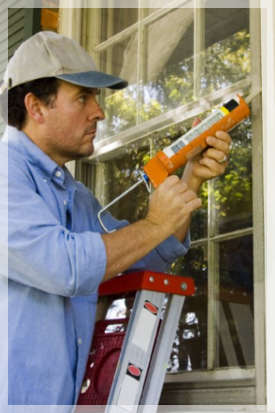 Unfortunately, we have little control over the havoc that winter weather can wreak on our homes. In New England, homeowners see snow ranging from light and fluffy to wet and heavy, dangerous ice storms and unforgiving freezing rain.
Unfortunately, we have little control over the havoc that winter weather can wreak on our homes. In New England, homeowners see snow ranging from light and fluffy to wet and heavy, dangerous ice storms and unforgiving freezing rain.
While you cannot secure your home in a bubble for the duration of the season, you can take some simple steps to help protect the exterior of your residence all winter.
Check Your Paint
During the fall season, we can see seasonably warm temperatures before winter weather arrives. Take advantage of these mild days to get outside and inspect your home’s exterior paint job.
If you notice buckling and chipped paint or rotting wood, act now to ensure the damage does not worsen over time. Make your paint touch-ups and contact a professional to evaluate the state of the wood.
Clean the Surface
Pressure washing is popular maintenance in spring, but it should be done in the fall too. When winter arrives, you may not see your lawn, porch or fence without a pile of snow on top for several months.
If you clear away dirt and debris beforehand, you are protecting these surfaces from further contamination. For your paint in particular, it is better suited to face the elements clean than dirty.

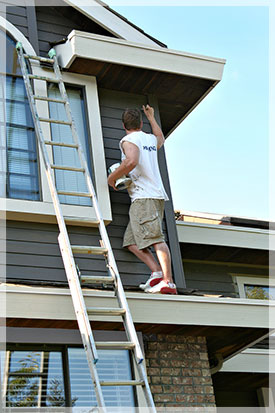 Living in New England, many of us are used to an abrupt transition from hot to cool weather between seasons. When autumn arrives, kids are back to school, beach gear is packed away until next year and pumpkin spice lattes return to keep us warm when temperatures drop.
Living in New England, many of us are used to an abrupt transition from hot to cool weather between seasons. When autumn arrives, kids are back to school, beach gear is packed away until next year and pumpkin spice lattes return to keep us warm when temperatures drop.  As a homeowner, you should be proud of your property rather than self-conscious about its appearance. However, when a poor paint job leaves the exterior or interior rooms dilapidated, it can be frustrating. You spend a lot of time maintaining your yard and cleaning up after the kids, but can only do so much to distract from cracked, fading paint.
As a homeowner, you should be proud of your property rather than self-conscious about its appearance. However, when a poor paint job leaves the exterior or interior rooms dilapidated, it can be frustrating. You spend a lot of time maintaining your yard and cleaning up after the kids, but can only do so much to distract from cracked, fading paint. When is the best time of year for professional house painting? Most of the experts will say spring, but you may be wondering why. We outline four reasons to call M. Brett Painting this spring to schedule an exterior painting job before summer weather arrives and New England weather conditions drastically change.
When is the best time of year for professional house painting? Most of the experts will say spring, but you may be wondering why. We outline four reasons to call M. Brett Painting this spring to schedule an exterior painting job before summer weather arrives and New England weather conditions drastically change.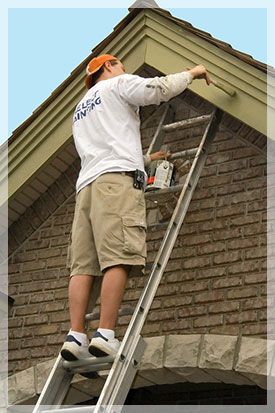 Homeowners assume that house painting is easy and doesn’t require much thought when picking a company to do the job. However, like any home improvement task, exterior and interior painting is an acquired skill – if you want it done right.
Homeowners assume that house painting is easy and doesn’t require much thought when picking a company to do the job. However, like any home improvement task, exterior and interior painting is an acquired skill – if you want it done right. 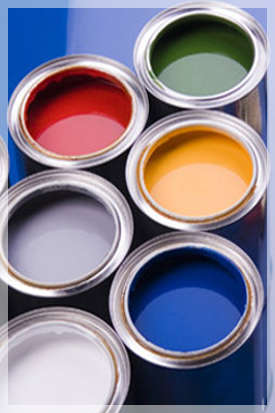 The color of your house has a significant impact on its appearance. After many years in the same home, there may come a time when the property needs a new exterior paint job. With so many colors to choose from, how do you decide which is best? At M. Brett Painting, we are experienced in execution and customer satisfaction.
The color of your house has a significant impact on its appearance. After many years in the same home, there may come a time when the property needs a new exterior paint job. With so many colors to choose from, how do you decide which is best? At M. Brett Painting, we are experienced in execution and customer satisfaction. 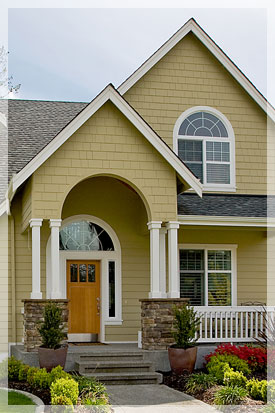 When a paint job is done poorly, it begins to show after a few short years. Even when a professional completes the project properly and thoroughly, there comes a time for a new coat.
When a paint job is done poorly, it begins to show after a few short years. Even when a professional completes the project properly and thoroughly, there comes a time for a new coat.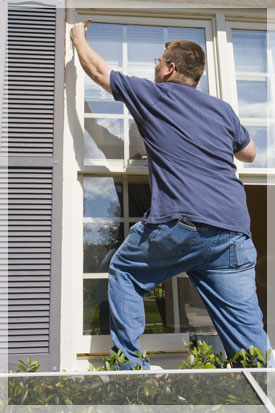 At some point, you may realize that it has been far too long since you last painted your Connecticut property. Further, you’ll start to wonder whether or not it is a good time for a new coat, despite how badly your home may need it.
At some point, you may realize that it has been far too long since you last painted your Connecticut property. Further, you’ll start to wonder whether or not it is a good time for a new coat, despite how badly your home may need it.